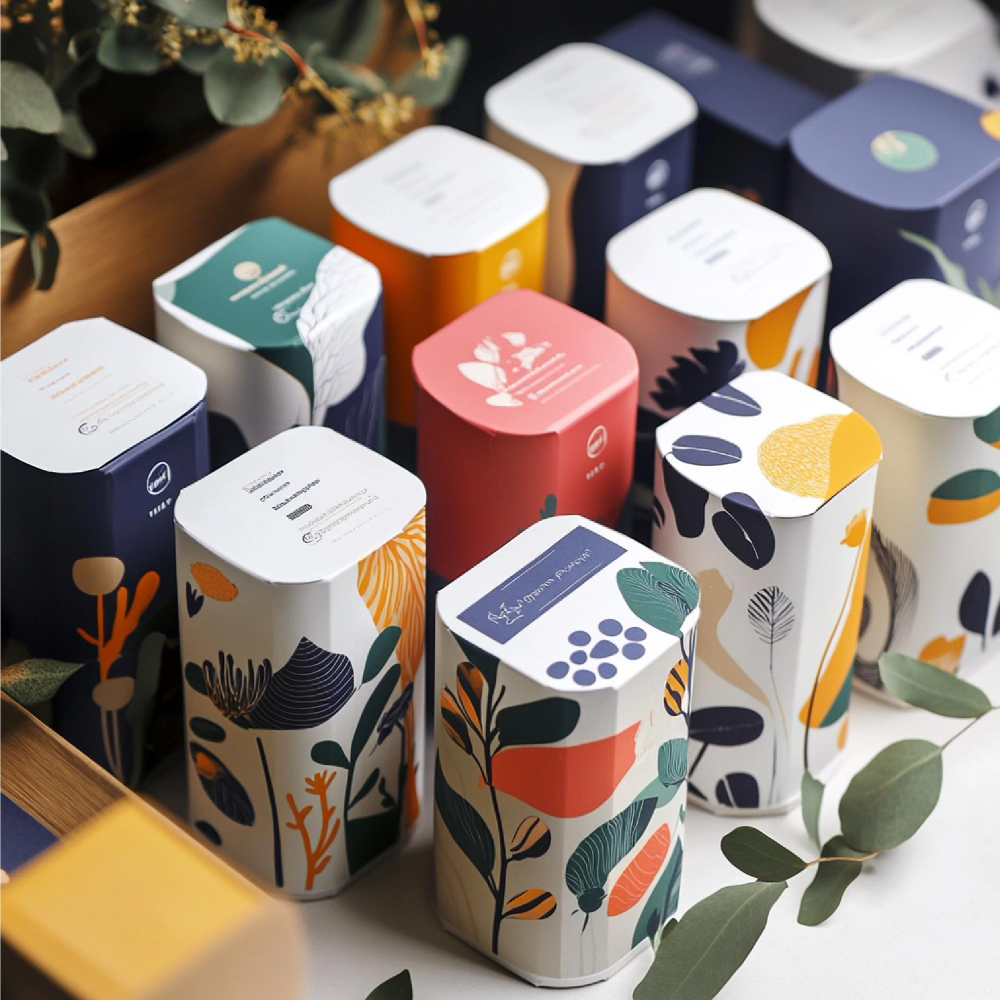Packaging Design Tactics to Engage Young Audiences
Designing packaging for young audiences is a unique challenge that requires creativity, understanding, and a touch of magic. These consumers are not only drawn to vibrant colors and fun shapes but are also influenced by the stories and characters that packaging can convey. In a world where competition for their attention is fierce, captivating young audiences through package design is essential for brands targeting this demographic. In this blog, we’ll explore effective strategies for designing packaging that resonates with both young audiences and their parents alike.
Understanding the Young Audience
To create captivating packaging for young consumers, it’s essential to understand what appeals to them. This demographic has specific preferences and cognitive traits that influence their reactions to packaging.
Bright Colors and Playful Graphics
Young audiences are naturally drawn to bright, bold colors and fun graphics. Packaging that features eye-catching designs can instantly grab their attention. The use of playful illustrations, engaging visuals, and relatable themes helps create a sense of excitement and wonder.

Age Appropriateness
Different age groups have varying preferences. Packaging for toddlers should focus on simple shapes and recognizable themes, while packaging for older kids can incorporate more intricate designs and interactive elements. Understanding the target age group is crucial in designing packaging that resonates.
Storytelling Elements
Stories captivate young minds. Packaging that incorporates narrative elements—whether through characters, themes, or interactive storytelling—can engage this audience. This approach encourages imaginative play and creates a deeper connection to the product.
Key Strategies for Effective Packaging Design
Here are some effective strategies for designing packaging that captivates young audiences:
Interactive Elements
Interactive packaging engages young consumers by inviting them to play. Consider adding features like puzzles, games, or even augmented reality experiences that can be accessed through smartphones or tablets. These interactive elements not only make the unboxing experience more enjoyable but also encourage continued engagement with the product.
Example: Cereal boxes that feature mazes or trivia games on the back keep young audiences entertained while they enjoy their breakfast.

Character Branding
Incorporating popular characters or mascots into packaging can significantly influence purchasing decisions. Young consumers often gravitate towards familiar characters they love from TV shows, movies, or books. Collaborating with established franchises or creating original characters can enhance brand recognition and foster loyalty.
Example: Brands like LEGO and Disney use beloved characters on their packaging to attract young audiences.
Eco-Friendly Packaging
Today’s parents are increasingly conscious of sustainability and the environment. Using eco-friendly materials and designs can resonate with parents who want to make responsible choices for their families. Packaging that communicates a commitment to sustainability not only appeals to parents but can also educate young consumers about caring for the planet.
Example: Brands that use recycled materials or biodegradable packaging can attract eco-conscious families.
Size and Shape Considerations
The size and shape of packaging can significantly impact a young consumer’s interaction with the product. Packaging that is easy for little hands to hold and manipulate can enhance the overall experience. Consider using fun shapes that reflect the product inside—like animal-shaped containers for snacks or bottle designs that mimic popular characters.
Example: Snack packaging in the shape of animals or fun characters encourages young audiences to engage with their food in a playful way.
Clear Messaging
Young consumers may not always be able to read, but they can understand simple messages and visuals. Packaging that conveys clear, positive messages about the product—such as fun slogans or descriptive images—can attract this audience. Ensure that the branding and product benefits are easy to grasp, even for younger consumers.
Example: Brightly colored packaging with simple icons or images representing flavors can appeal to young audiences and help them make choices.
Conclusion
Captivating young audiences through package design is a multifaceted endeavor that requires creativity, understanding, and strategic thinking. By focusing on bright colors, interactive elements, character branding, and clear messaging, brands can create packaging that resonates with children and engages parents.
As the landscape of children’s products continues to evolve, thoughtful and innovative packaging design will be essential for capturing the hearts and minds of young consumers.
By prioritizing the unique needs and preferences of children while also appealing to their parents, brands can foster lasting connections that drive loyalty and sales.
Are you ready to create packaging that truly captivates young audiences and stands out on the shelf? Contact us today for a consultation, and let’s bring your packaging vision to life! Together, we can create captivating packaging that delights young consumers and drives your brand’s success.





